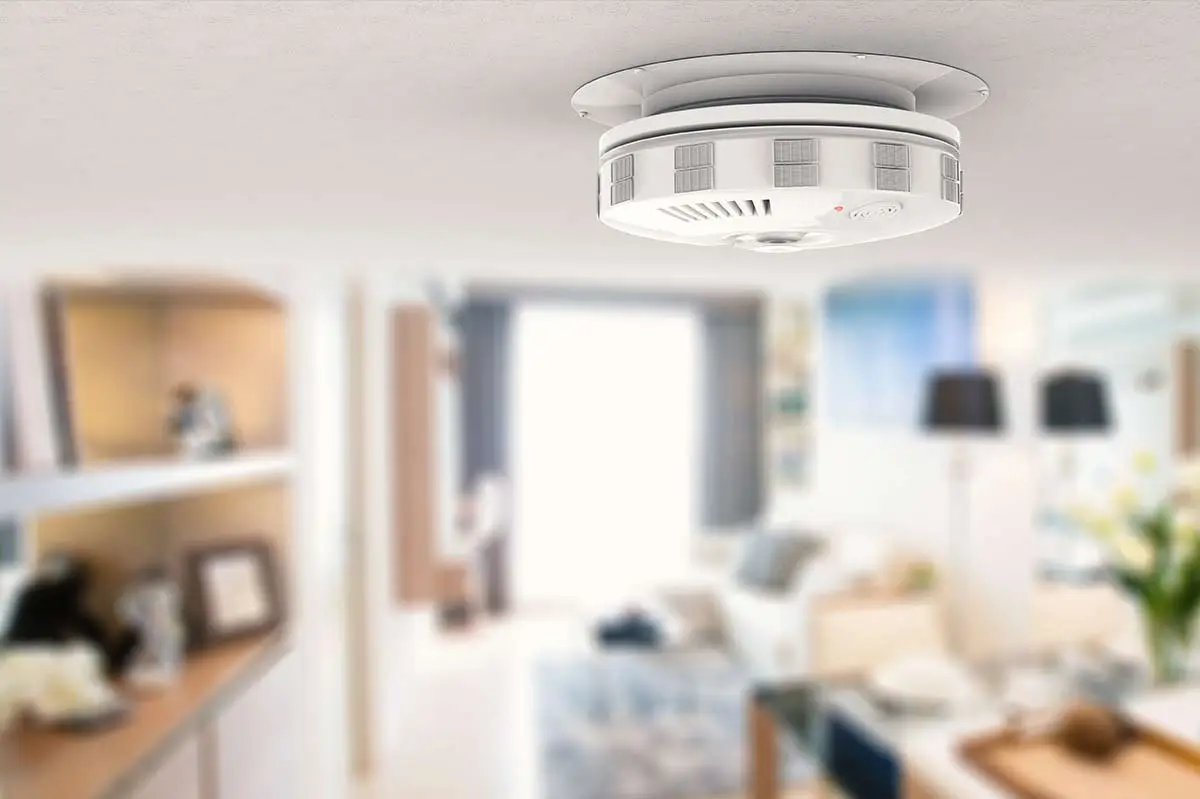When did you last test your fire alarm? Do it today and encourage your friends and neighbours to do the same.
Did you know that you’re around eight times more likely to die in a fire in the home if there’s no working smoke alarm?
We are often reminded of the importance of alarms in flats, for instance when a fire in a block of Wigan flats was discovered early even though the owner had gone out.
You can often get these life-saving devices fitted for free. There’s lots of great advice from the Fire Service here . Alternatively, they can be pretty cheap to buy. Newer buildings will generally have them built in already
A good starting point is to check that every flat in the building does have a working smoke alarm and residents press the test button at least monthly to make sure the battery is charged.
You can share this cautionary tale via Facebook and Twitter – who knows, it may help save someone’s life one day.
With Autumn and Winter approaching, you may also want to look at ‘Fire Safety in the winter’ from the Department for Communities and Local Government (DCLG). The leaflet has tips on how to be fire safe throughout winter, which the DCLG says is a particularly risky time for fires.
Do you need to fit smoke alarms in common areas?
With the imminent introduction of the Fire Safety Bill some property managers and leaseholders are confused about the need for fire alarm or fire detection systems in the common parts of residential buildings with multiple homes – blocks of flats, for instance.
It’s worth noting that it is a legal requirement for all blocks of flats (including houses converted into two or more flats) to have a fire risk assessment of communal areas only, including the front doors of individual flats.
At the moment, and where a block of flats has been built in accordance with current Building Regulations, there is no requirement to have fire alarm or detection units in common areas, such as hallways and stairwells, providing:
- the common areas are clear of flammable materials;
- compartmentation is in place to inhibit the spread of fire;
- there are sufficient protected escape routes;
- and crucially, that there is a ‘stand-alone’ smoke detection and alert alarm within each flat (on the basis that a fire is most likely to start in a flat).
What though, if your building is older and does not conform to current Building Regulations?
Fire risk assessments
Since The Regulatory Reform (Fire Safety) Order 2005 brought the common parts of blocks of flats within the scope of mainstream fire safety legislation, it is a requirement for a person named ‘the responsible person’, to make sure that, regardless of a building’s age, its communal areas comply with statutory fire safety legislation.
The responsible person could be a managing agent, freeholder or the directors of a Resident Management Company (RMC) or the directors of a Right To Manage (RTM) company, for example.
Indeed, it’s quite a responsibility. The responsible person must organise regular fire risk assessments or could face an unlimited fine and up to two years in prison. What’s more, the assessments must be carried out by a competent person. You can download a guide to choosing a competent fire risk assessor from the Chief Fire Officers Association’s website.
Remember, your fire risk assessment will only address common parts of your building. Individual leaseholders should also be encouraged to make sure they have fitted working smoke alarms.
We emphasise the word working here because Home Office figures suggest that smoke alarms fail in up to a third of cases!
Clearly, it’s important to ensure that smoke alarms at least meet British Standards, and are installed and maintained correctly.
Which? has some good advice . Look for an alarm that’s been tested to the BS EN 14604 standard, which should be printed on the box. However, be mindful that Which? cautions it has tested BS-compliant alarms that have failed its tests and are slow to trigger.
Write on the smoke alarm itself the day that it was installed, and the date that it, or the battery, should be replaced.
Follow the manufacturer’s guidance on the installation, location and maintenance of the alarm.
Above all, ensure that everyone in your home knows exactly what they should do if there is a fire.
FP1014-2020
The sole purpose of this article is to provide guidance on the issues covered. This article is not intended to give legal advice, and, accordingly, it should not be relied upon. It should not be regarded as a comprehensive statement of the law and/or market practice in this area. We make no claims as to the completeness or accuracy of the information contained herein or in the links which were live at the date of publication. You should not act upon (or should refrain from acting upon) information in this publication without first seeking specific legal and/or specialist advice. Arthur J. Gallagher Insurance Brokers Limited trading as Deacon accepts no liability for any inaccuracy, omission or mistake in this publication, nor will we be responsible for any loss which may be suffered as a result of any person relying on the information contained herein.
The opinions and views expressed in the above articles are those of the author only and are for guidance purposes only. The authors disclaim any liability for reliance upon those opinions and would encourage readers to rely upon more than one source before making a decision based on the information.
